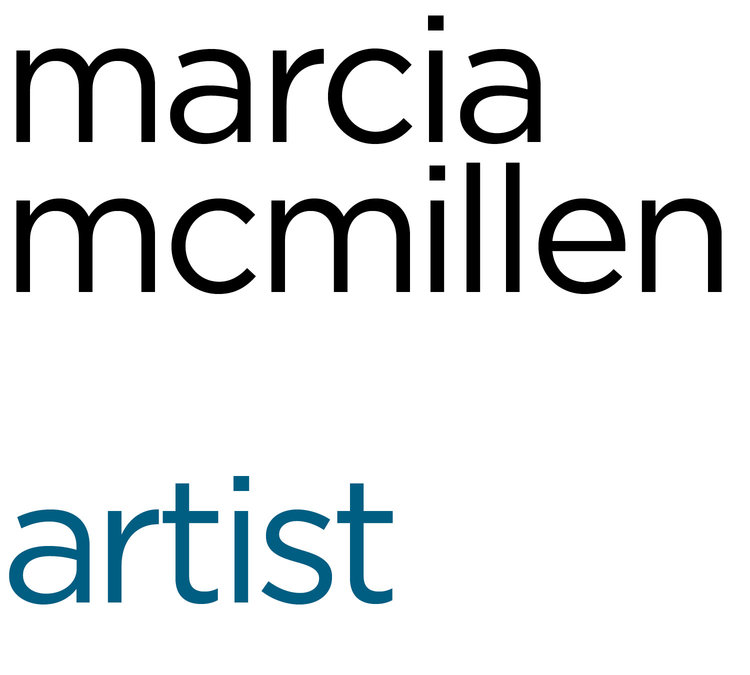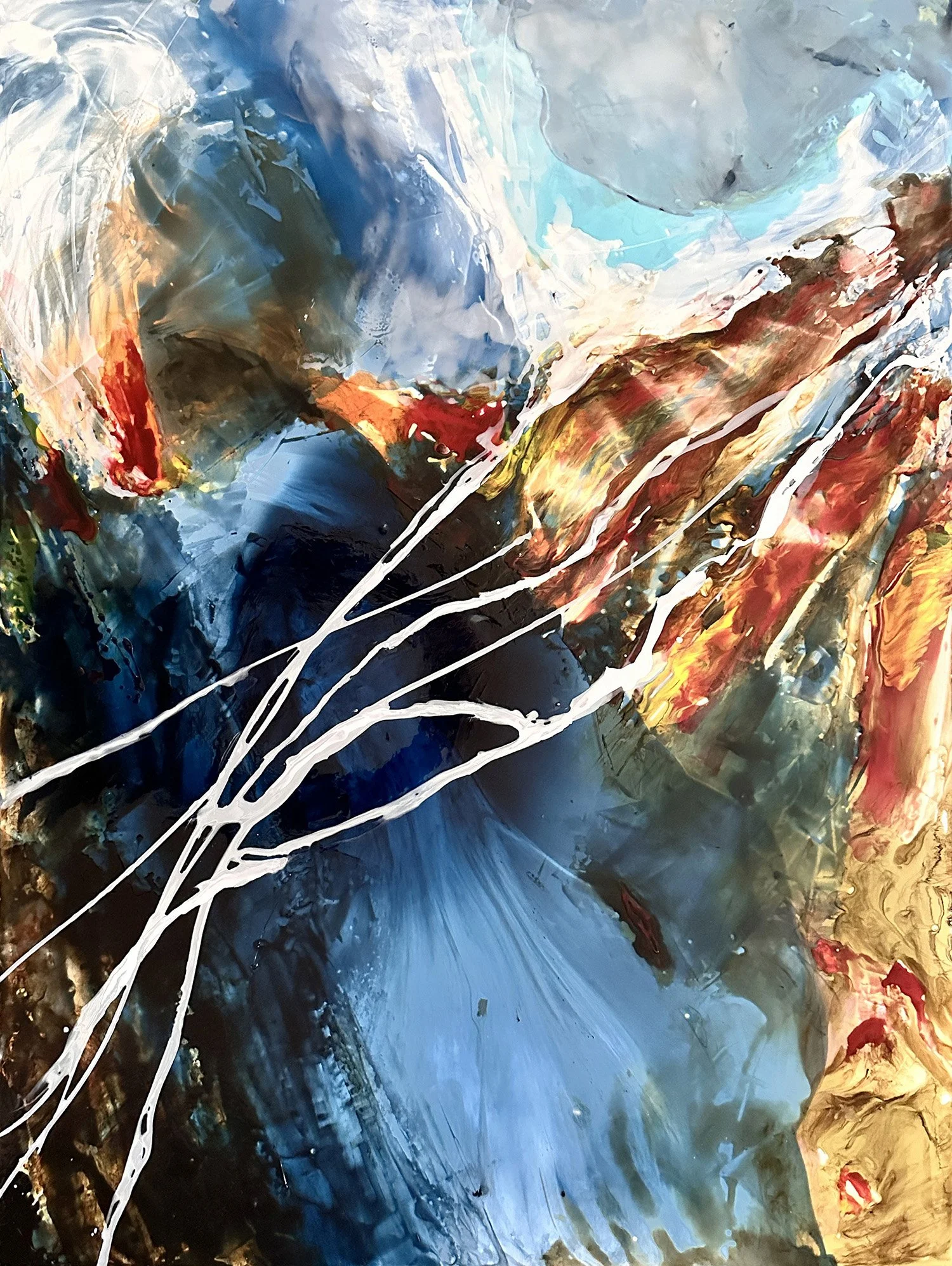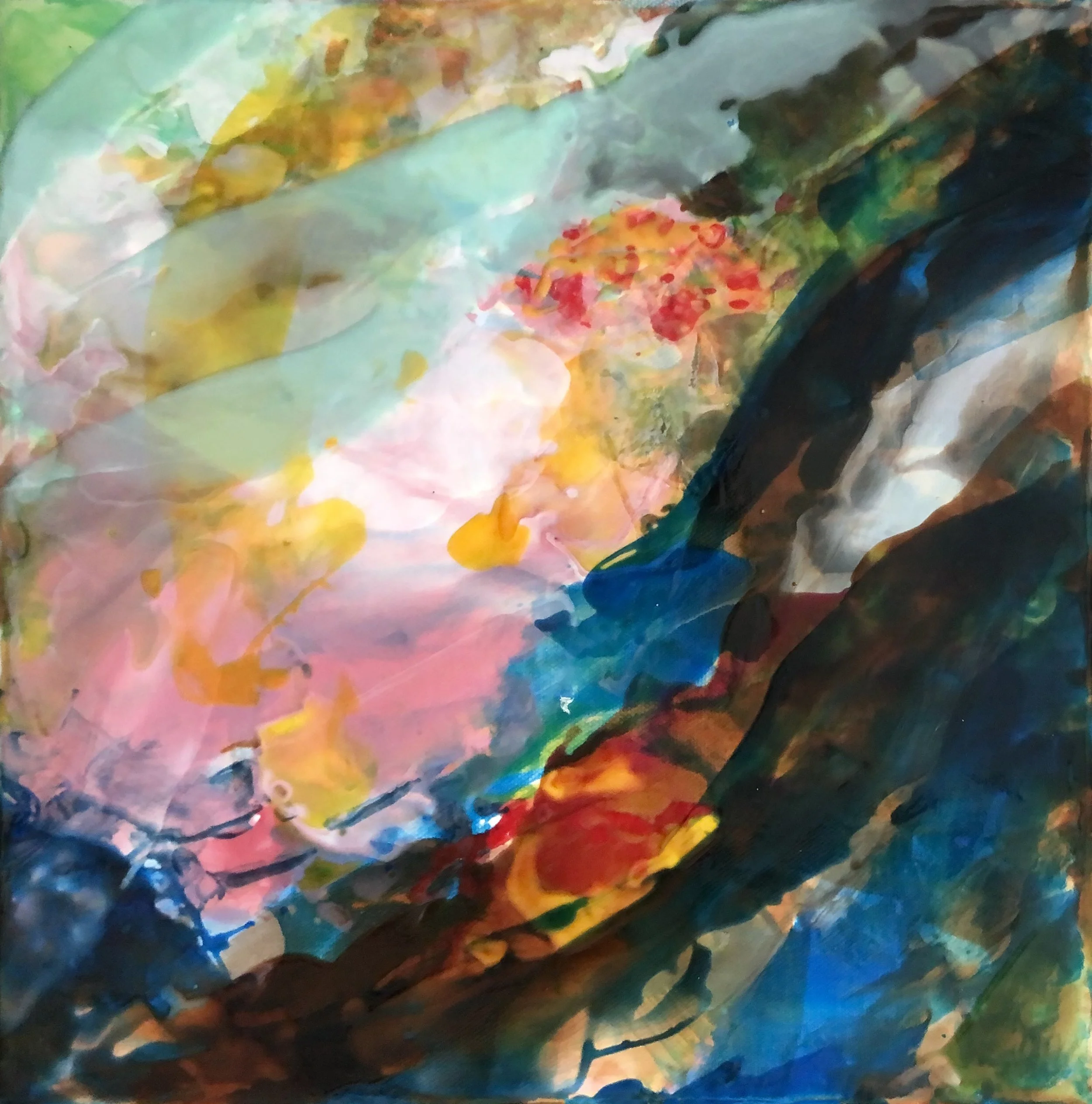As the year draws to a close, I’ve been thinking about the quiet work of letting go. Rick Rubin writes about how every creative process asks us to release something—an idea, a direction, or a belief—to make space for what the work truly needs. I felt this deeply during my artist-in-residence in October.
I created Bridge the Seasons surrounded by shifting light, where water and land met at the edges, and with the rhythm of fall leaning toward winter. The landscape has always influenced my work, but this time the seasons felt as if they were moving through me. What began with a clear plan shifted quickly; the painting called for more emotion. When I let go of the earlier direction, the entire composition found its purpose.
As we step toward a new year, I’m noticing how endings and beginnings often overlap. Something loosens just as something else arrives. Letting go doesn’t have to be dramatic—it can be a quiet release, a small shift, a pattern we’ve simply outgrown.
Lately, in the studio and in my own life, I’ve been sitting with one guiding question: What do I need to release so the next version of my work—and my life—can emerge? It’s a question worth carrying forward. Sometimes the smallest release opens the widest path.
As we move toward the new year, may you find the quiet moments to release what no longer serves you, and the space to welcome what’s next. Wishing you a season of creativity, presence, and gentle growth.



























